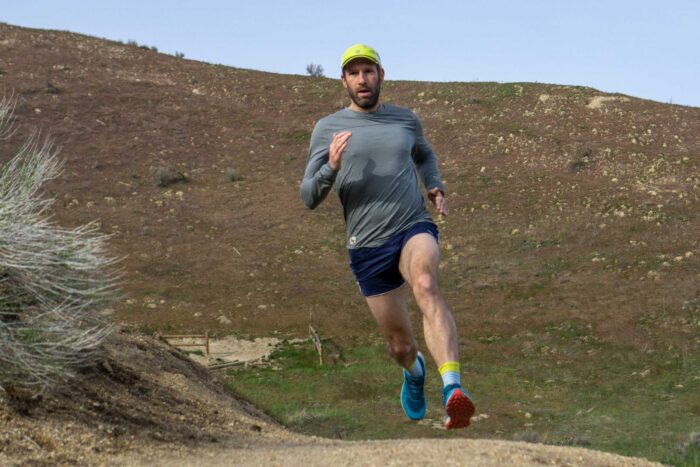Salomon today announced a new method of manufacturing that will allow the brand to make custom running shoes for the general public.

A fully custom running shoe is something of a Holy Grail for running brands, as it allows for perfect fit and performance regardless of foot shape or running style. Today, Salomon announced technology it claims brings this panacea to the masses.
In 2008, mountain runner Killian Jornet told Salomon he wanted custom shoes. He also told the brand they should be available for everyone. Now with the introduction of Salomon’s S/LAB ME:sh line of custom running shoes, they are.

How Salomon Will Make Custom Shoes
S/LAB ME:sh Custom Shoe Line
- Unique to Me: Consumers choose the midsole materials, drop, and insert. Runners can also choose the Twinskin upper height and width, the outsole and various personal elements. There are 768 color combinations to choose from in the S/LAB ME:sh Unique to Me product range. (MSRP: $327)
- Unique to Our Community: Salomon will create these models in partnership with eight specific retailers in France and one in Belgium, and designed to meet the needs demanded by each local running environment. (MSRP: $250)
- Two Kilian Jornet models: Jornet co-created and customized these models. They have the exact same specifications as the original models Kilian uses for training and racing in one width only. (MSRP: $250-$260)











